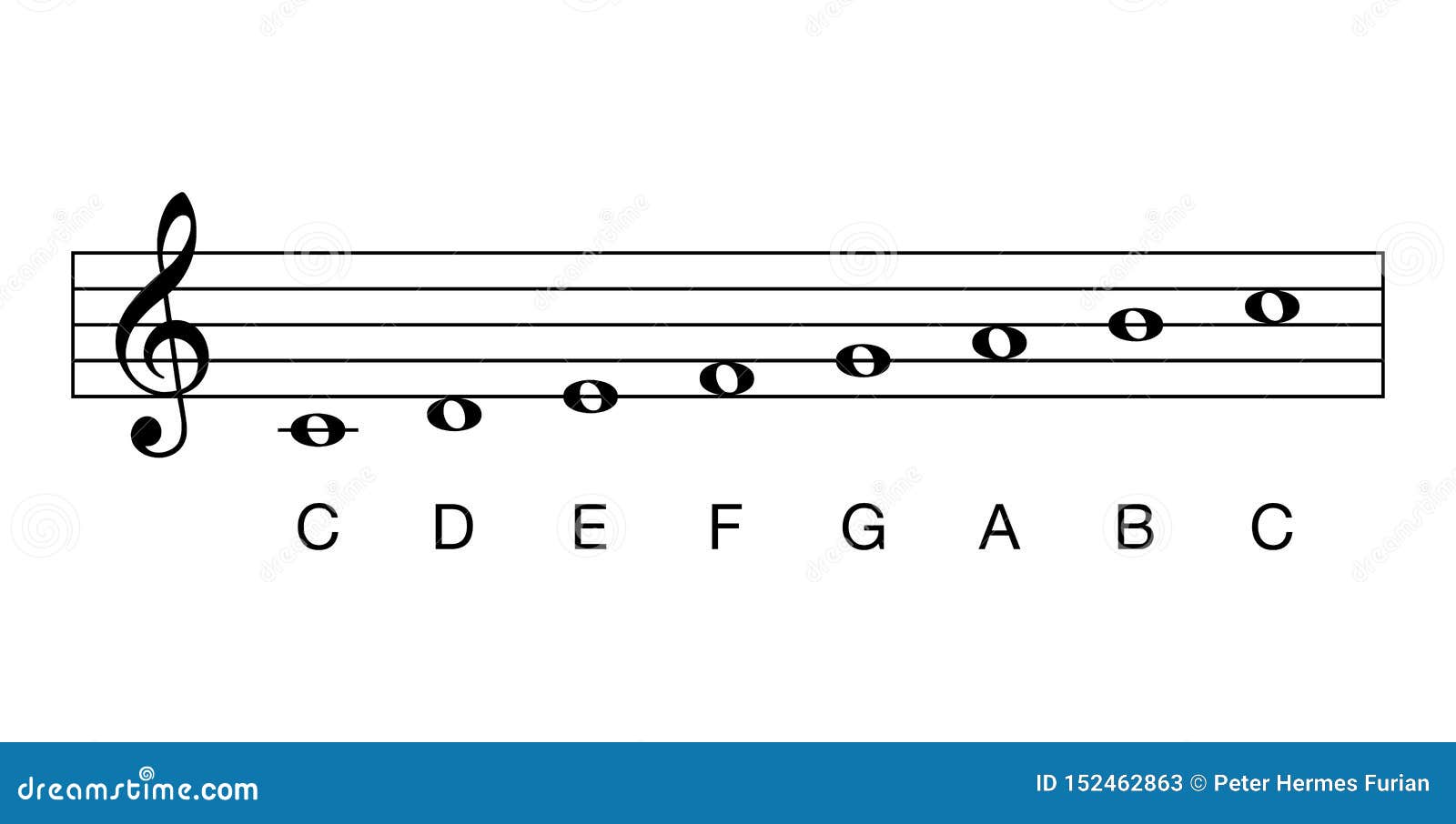

Once you have that, you can bring them down by a semitone to reach a tritone anywhere on guitar. Playing tritones that exist in different octaves from the root note is a little more difficult, and will require you to get a grasp of where your fifths above each note you play are. Of course, you can play these without turning them into a chord if you’re just looking for single notes to create a dramatic interval. Add the octave in with your 5th finger on the 3rd string if you want. Now play them together, and you have a tritone interval. To make this a tritonic interval instead of a perfect fifth (so this would come under the ‘Diminished Fifth’ label), simply move your fourth finger down to the fourth fret of the 4th string. You have your second finger on the 3rd fret of the 5th string and your fourth finger on the 5th fret of the 4th string. Imagine you’re playing a power chord on C. If you’re looking for an easier way to play a tritone on guitar, then there is a little cheat. As mentioned above, if you’re simply looking to move from one note to the tritone above or below, just move up or down by six semitones and you’ll get there. While a tritone is very dissonant and is rather difficult to use successfully in theoretical terms, actually playing one is very easy on guitar. We’ll get to those uses in a moment.į# and Gb as tritones against a C How Do I Play the Tritone? Tritones often sound very dissonant when played in a chord or exposed in a melody, but in certain situations, they can sound perfectly pleasant in a catchy melody, or give a chord a well-used crunch. Technically, these notes look and sound exactly the same, but the context changes their name.

If you were doing the same thing, but you flattened the G, this would be a ‘Diminished Fifth’. If you are playing in C major, for example, and you sharpened the F, then this version of the tritone would be known as an ‘Augmented Fourth’. Interestingly, the tritone also has other names. Where a minor 3rd is only present in the movement from A to C (the reverse is a minor sixth), the movement from F# to C is still a tritone, just as it would be the other way around. You can also look at this the other way around, because the tritone is a symmetrical interval. With C and F# as our example once more, we can see that movement from C, to Db, to D, to Eb, to E, to F to F# eventually gets us to that tritone interval. You can simply move from one note, up by six semitones, and reach the tritone. Of course, you don’t have to be playing two notes an octave away to create a tritone. This is the tritone interval above a C, as is separated on the C of both sides by exactly six semitones.

For example, if you’re playing a C in one octave, and another C in the octave above, the note in the middle is an F#. In standard Western tuning, it is the interval that sits directly between an octave. The tritone is typically considered to be one of, if not the, most dissonant intervals in music.
#NOTE C ON GUITAR HOW TO#
Still, the strong association with evil and the devil has made it one of the most important and effective sounds in music, and as such, one you should know how to use. Eventually, attitudes simmered down and the interval became an integral part of composition. This led to its use being illegal at certain times over the course of history. Hundreds of years ago, the tritone interval was often referred to as ‘the devil’s interval’ or ‘the devil in music’, thanks to its crushing dissonance. If you’re interested in bringing some truly unique melody lines and dissonances to your playing, then look no further.īefore we get into the musicality of the tritone, it is important to look at the history behind this interval. In this important guide, we’ll guide you through the use of the tritone interval in all of its forms, as well as the rare ‘tritone scale’. This includes some of the more complex, dissonant aspects of music theory which will enhance the way you play, write and improvise with your guitar. At BeginnerGuitarHQ, we make sure you get a detailed and accurate grasp over every element of guitar playing.


 0 kommentar(er)
0 kommentar(er)
